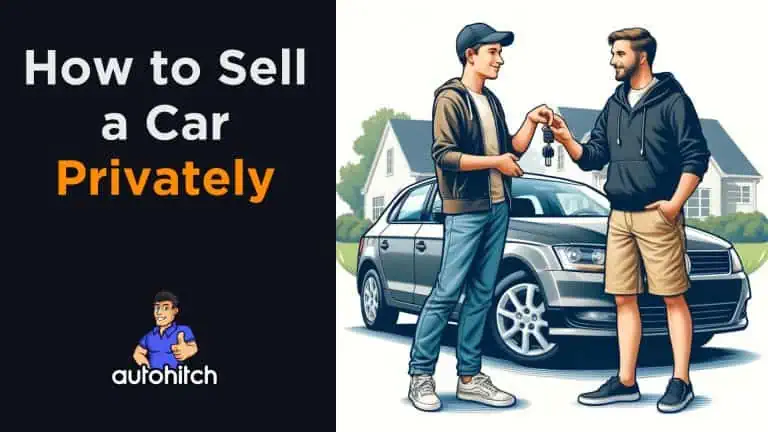If you want the most money for your car, there’s no doubt that selling it privately beats trading it in at the dealership
But how do you sell a car privately so that it sells quickly, with the least amount of hassle, and at a price that makes the extra effort worth it?
I created the article below using my years of experience as a small used car dealer in Florida to answer those questions, so let’s get started…
Related Articles I Recommend:
- Can Someone Else Sell My Car For Me
- Is It Illegal To Sell A Car With A Lien on It
- Is It Illegal To Sell A Car Without Disclosing Problems
- Selling a Car with High Mileage
- When Should You Sell Your Car
- Should You Buy or Sell a Used Car in 2024
- How Long Does It Take to Sell a Car?
Gather the Necessary Paperwork
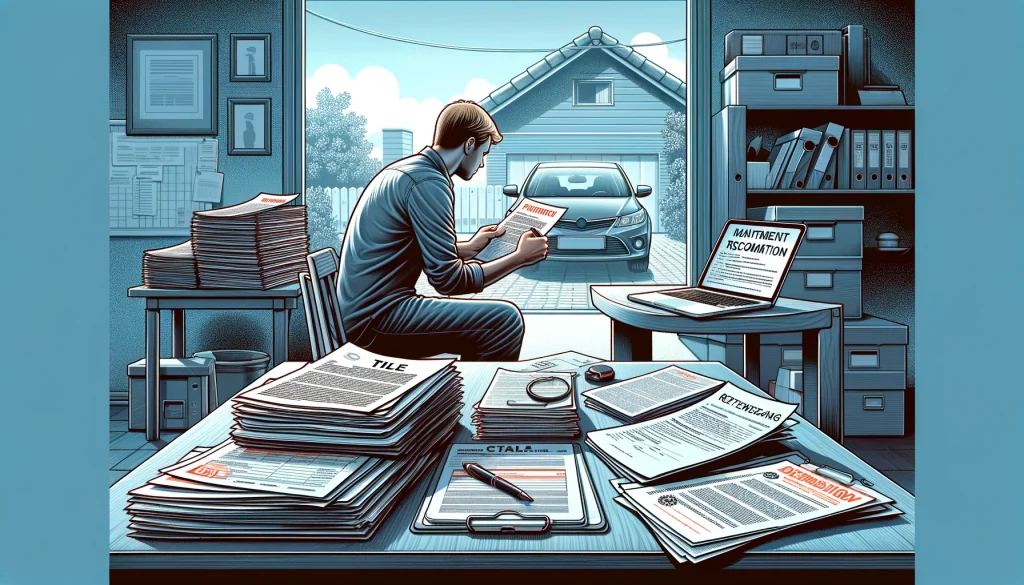
Before listing your car for sale, make sure you have all the required documents in order:
- Certificate of title – This is the most important document proving you own the vehicle and have the right to sell it. If you can’t find your title, request a replacement from your state DMV.
- Bill of sale – Create a simple bill of sale document that will be signed by both parties when the transaction is complete. This serves as a receipt and documents the terms of the sale.
- Warranty documents – If your car is still under warranty, provide the paperwork to the new owner so they can take advantage of any remaining coverage.
- Service records – Gather up maintenance receipts and service records to show prospective buyers that the car has been well cared for. If you don’t have complete records, ask your mechanic for a copy of their files.
- Vehicle history report – Consider ordering a vehicle history report from a service like Carfax or AutoCheck. This will give buyers peace of mind that the car has a clean history.
Determine Your Car’s Value
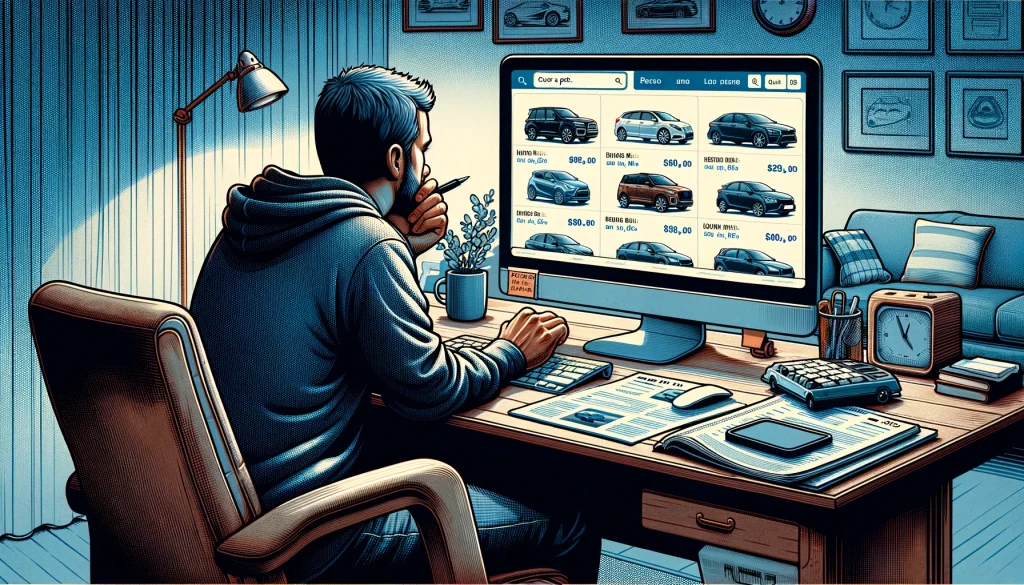
To price your car competitively, research its current market value on sites like Kelley Blue Book, Edmunds, or NADA Guides.
Be honest about your car’s condition and mileage or else your estimate will be off and that will change the course of the entire process for the worse.
I also recommend you browse local listings for similar makes and models to see what they are selling for in your area, maybe within 100 miles.
Try sites like Facebook Marketplace, Cargurus, and even eBay, which shows you what cars that were auctioned actually sold at.
If there are a lot of cars like yours on the market, you may need to price yours a bit lower to attract buyers.
In general, aim to list your car slightly above the average selling price to leave room for negotiation. But avoid pricing too high or you risk turning away potential buyers.
Make Your Car Look Its Best – Cleaning the Car
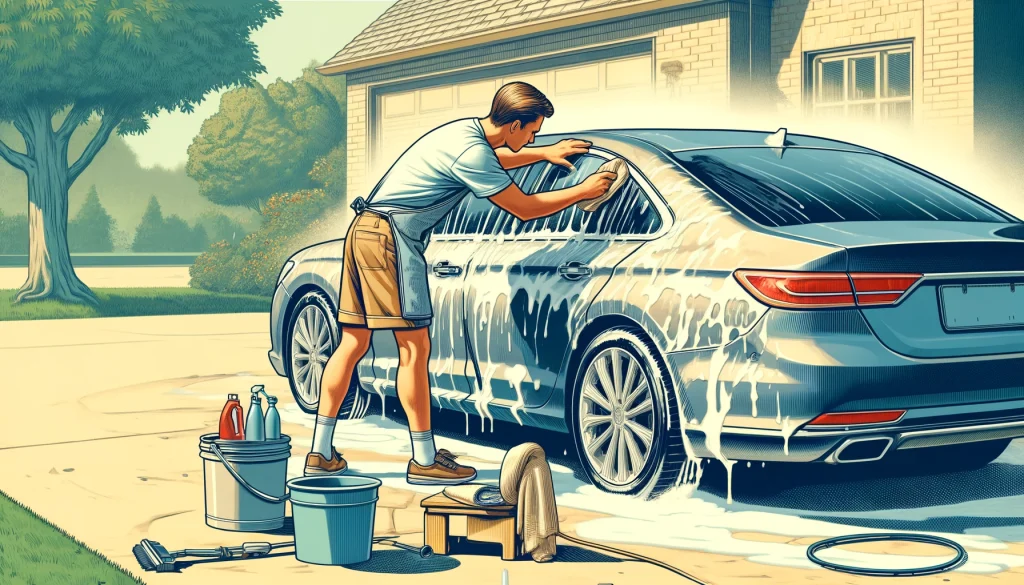
First impressions matter, so take the time to clean up your car before showing it to buyers. In my opinion, a professional detailing job is worth the investment every time!
At a minimum:
- Wash and wax the exterior
- Vacuum and shampoo the interior
- Clean the windows, inside and out
- Remove all personal belongings
- Fix any minor issues like burned out bulbs or scratches
- Consider refreshing the tires or upgrading worn floor mats
Dealer Tip: Clean inside the door jams where dirt tends to build up but never gets cleaned. Many people don’t notice this area, but if it’s not cleaned, it makes the car “Feel Dirty.” Much of selling a car is sending positive subliminal messages like this.
The goal is to make your car look as close to new and well cared for as possible. The better it shows, the more money you can ask for it.
Take Great Photos
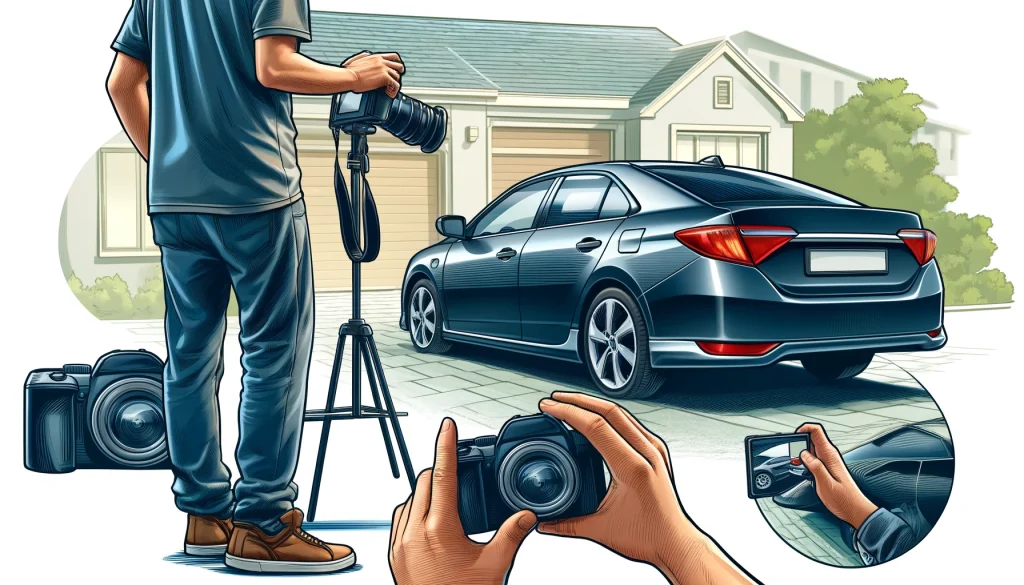
Since most buyers start their search online, take the best possible photos. I prefer you use some sort of professional camera with a lens because that provides a more blurry background that appeals to people, but a phone works just fine.
Take your car to an empty parking lot or another appealing location. If you live in the south, find somewhere with palm trees or something that sends the signal the car wasn’t driven up north on salty roads (even if it was).
Shoot in the daytime when the lighting is best.
Get lower than eye level and take photos from multiple angles. This makes the car stand out from other listings online.
Areas of the car that should be photographed are:
- Exterior front, rear and profile shots
- Interior front and rear seats, dashboard, trunk
- Odometer close-up
- Tires/wheels
- Engine bay (Under the hood)
- Car manual and any manufacturer documents/accessories
- A photo of the vin number either under the windshield or inside the driver door jam
Avoid using stock photos, because this can make your ad seem more spammy and less trustworthy as if you might be a dealer.
Create a Detailed and Effective Listing
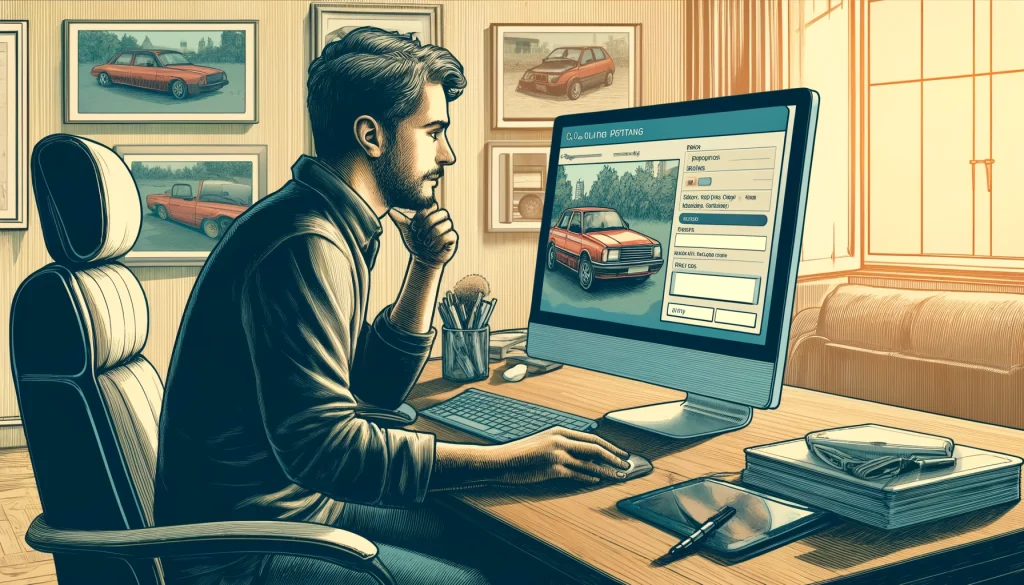
Where you list your car matters. Craigslist, Facebook Marketplace, and other free local classifieds are the best place to start. For wider exposure, and if your budget can handle it, use paid sites like AutoTrader, Cars.com, or CarGurus.
Write a detailed and honest description that includes:
- Year, make, model and trim level
- Mileage
- Engine and transmission
- Notable features like leather seats, navigation, etc.
- Safety Features
- New tech like auto driving or parking features
- Maintenance and repair history
- Reason for selling
- Asking price (Remember this is asking, not final price)
Be upfront about any issues or damage. Trying to hide problems will only waste your time with buyers who back out later if they find something.
Specify your preferred method of contact, whether that’s phone, text or email. You may want to set up a dedicated email address to keep inquiries separate from your personal inbox.
Screen Potential Buyers
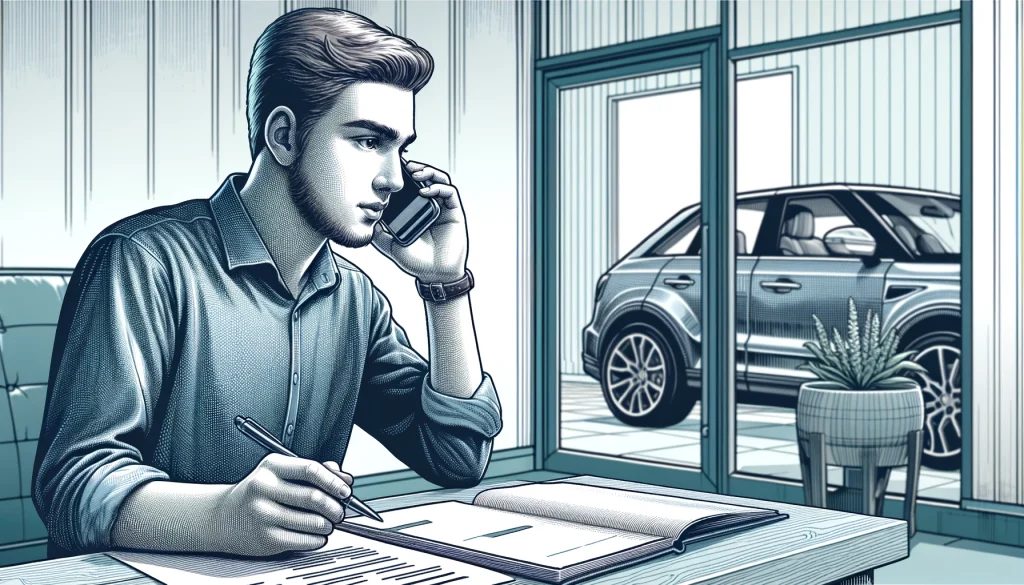
Expect to get a lot of calls, texts and emails once your car is listed. A majority of these people are likely dealers or curbstoners (Illegal dealers) who want to get your car cheap so they can sell it themselves.
To avoid wasting time, screen buyers with a quick phone call before agreeing to meet them.
Ask what they liked about your car and how soon they’re looking to buy. Confirm they understand your asking price and have the ability to pay.
People who intend to lowball you will try to avoid discussing pricing before they show up.
If they immediately try to lowball you or ask for a huge discount, they’re probably not a serious buyer.
Never agree to ship a car or accept a cashier’s check – these are common scams!
Trust your instincts and avoid anyone who seems suspicious or too pushy. If a buyer is coming from out of town to see the car, get a deposit first.
Getting a Deposit
Getting deposits is a great idea, but to legally keep a deposit, you must have a deposit agreement stating that the deposit is to cover potential losses and then list those potential losses. A potential loss could be the time you removed the listing from being active in preparation for the buyer.
Keeping deposits as a penalty is not legal and you must be able to demonstrate that the deposit was to cover a loss on your end.
Set Up a Safe Test Drive
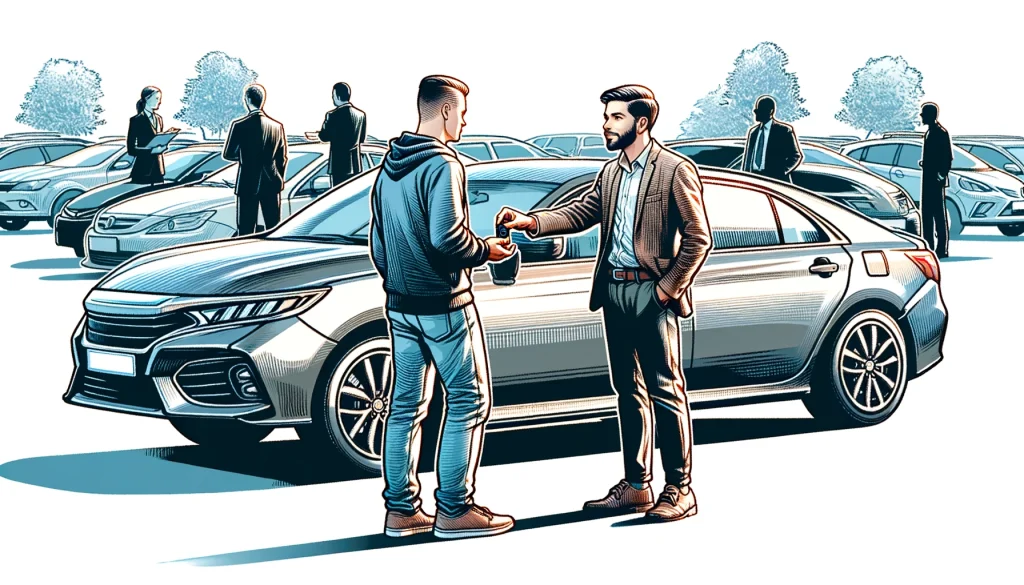
Once you have a serious buyer, arrange a time and place for them to see the car in person. For safety, always meet in a public location, like a shopping center parking lot. If possible, bring a friend or family member along.
Before handing over the keys, ask to see the buyer’s driver’s license. Snap a photo of it with your phone so you have a record of their identity and contact information.
Accompany the buyer on the test drive, giving directions as needed. Avoid the temptation to “sell” them on the car during the drive because that could be perceived as you not being confident in the car. Let them focus on the driving experience and form their own impressions.
If the buyer wants a pre-purchase inspection by their mechanic, that’s a reasonable request. Agree on who will pay for it (usually the buyer) and when/where it will happen.
Tip: If you pay for your own independent inspection this will go a VERY LONG way in making potential buyers cnfident.
Be Ready to Negotiate
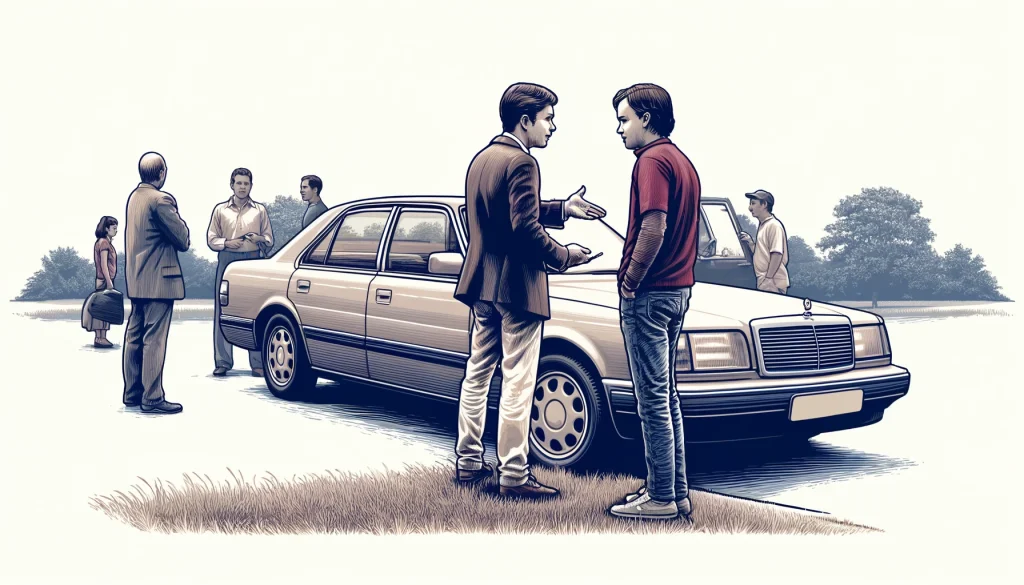
No matter how fair your asking price is, expect all buyers to try to negotiate it down. It seems to be something everyone has been taught, and they all do it.
Decide ahead of time what your lowest acceptable offer is, and don’t be afraid to counteroffer.
If the buyer points out issues with the car as a reason for a lower price, decide if their requests are reasonable or if they’re nit-picking to drive down the price more.
It’s okay to knock a little off the price for legitimate reasons but in the end a used car is a used car, and if they’re crying about light scratches or paint chips they are free to keep looking for a mint condition used car at the dealership for a higher price.
If a buyer insists on an unreasonably low number, politely decline and wait for another buyer. You don’t have to accept an offer you’re not comfortable with.
When you agree on a price, shake on it. But don’t accept partial payment or promise to hold the car.
Until you have cash (or a cashier’s check) in hand and a signed bill of sale, the deal isn’t done.
Conclusion – Complete the Sale
To finish up:
- Accept payment in cash or a verifiable cashier’s check. Don’t take a personal check.
- Complete, sign, and date a bill of sale. Make copies for both parties. (Must Do)
- Fill out the title transfer according to your state’s requirements. You may need it notarized.
- Provide maintenance records, extra keys, and other paperwork to the buyer.
- Remove your license plates if required by your state. Cancel your auto insurance.
- File a release of liability form with the DMV if needed in your state. Sometimes it’s not required, but recommended should the buyer not properly register the vehicle on time.
Congratulations, you’ve successfully sold your car! With the transaction complete, it’s officially the buyer’s responsibility. Enjoy your profits and the satisfaction of a job well done.
If you have any additional questions, please drop them in the comments below.

